Yingzheng Liu
Interpreting County Level COVID-19 Infection and Feature Sensitivity using Deep Learning Time Series Models
Oct 06, 2022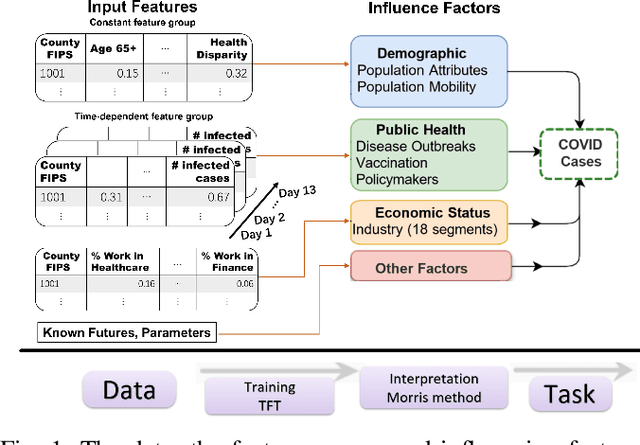
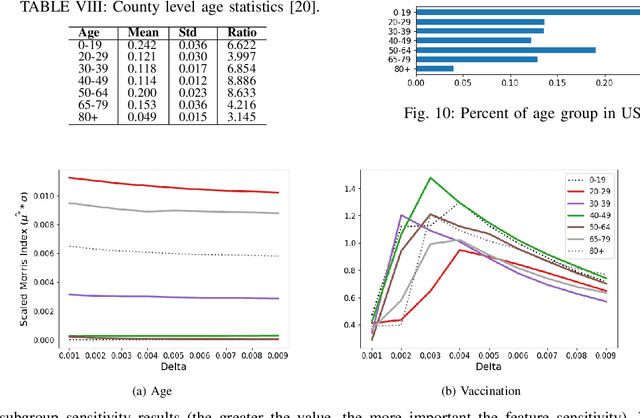
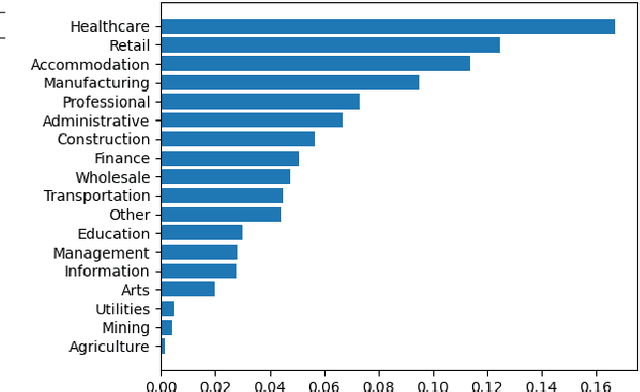
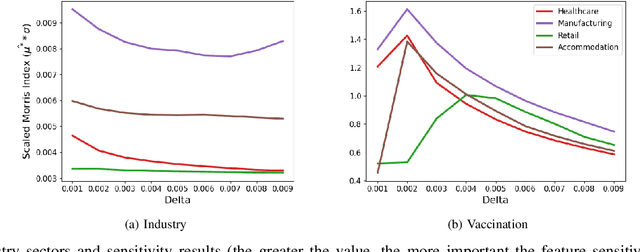
Abstract:Interpretable machine learning plays a key role in healthcare because it is challenging in understanding feature importance in deep learning model predictions. We propose a novel framework that uses deep learning to study feature sensitivity for model predictions. This work combines sensitivity analysis with heterogeneous time-series deep learning model prediction, which corresponds to the interpretations of spatio-temporal features. We forecast county-level COVID-19 infection using the Temporal Fusion Transformer. We then use the sensitivity analysis extending Morris Method to see how sensitive the outputs are with respect to perturbation to our static and dynamic input features. The significance of the work is grounded in a real-world COVID-19 infection prediction with highly non-stationary, finely granular, and heterogeneous data. 1) Our model can capture the detailed daily changes of temporal and spatial model behaviors and achieves high prediction performance compared to a PyTorch baseline. 2) By analyzing the Morris sensitivity indices and attention patterns, we decipher the meaning of feature importance with observational population and dynamic model changes. 3) We have collected 2.5 years of socioeconomic and health features over 3142 US counties, such as observed cases and deaths, and a number of static (age distribution, health disparity, and industry) and dynamic features (vaccination, disease spread, transmissible cases, and social distancing). Using the proposed framework, we conduct extensive experiments and show our model can learn complex interactions and perform predictions for daily infection at the county level. Being able to model the disease infection with a hybrid prediction and description accuracy measurement with Morris index at the county level is a central idea that sheds light on individual feature interpretation via sensitivity analysis.
Detection of Racial Bias from Physiological Responses
Feb 02, 2021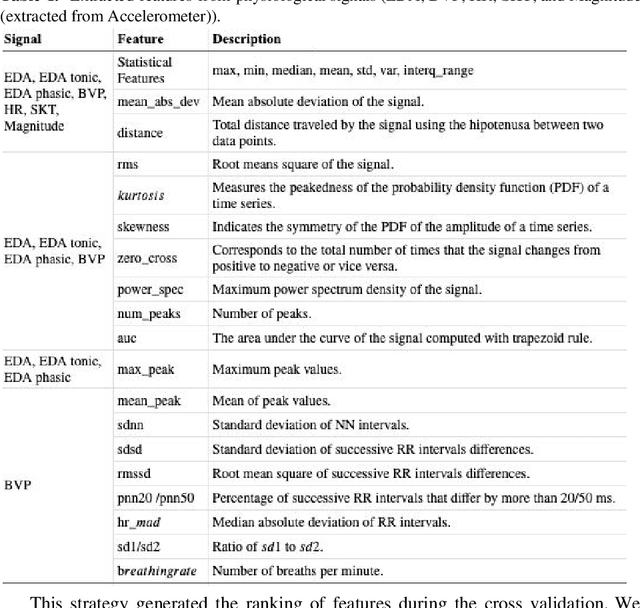
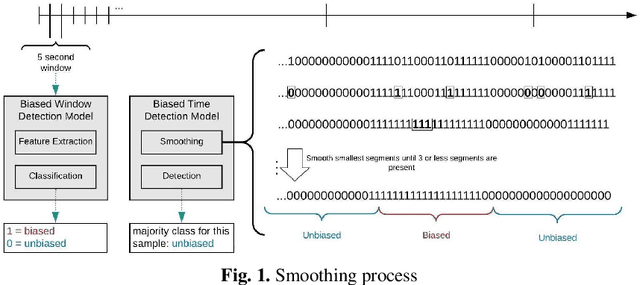
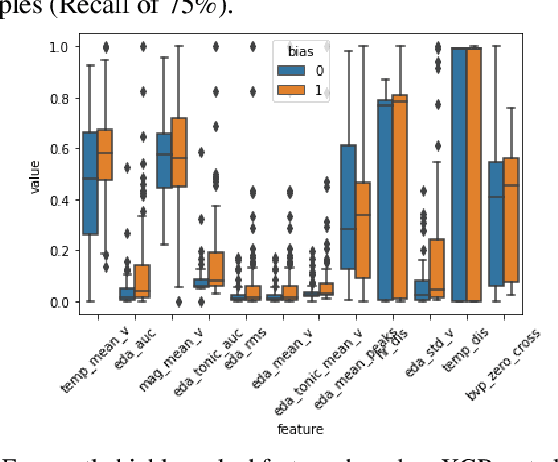
Abstract:Despite the evolution of norms and regulations to mitigate the harm from biases, harmful discrimination linked to an individual's unconscious biases persists. Our goal is to better understand and detect the physiological and behavioral indicators of implicit biases. This paper investigates whether we can reliably detect racial bias from physiological responses, including heart rate, conductive skin response, skin temperature, and micro-body movements. We analyzed data from 46 subjects whose physiological data was collected with Empatica E4 wristband while taking an Implicit Association Test (IAT). Our machine learning and statistical analysis show that implicit bias can be predicted from physiological signals with 76.1% accuracy. Our results also show that the EDA signal associated with skin response has the strongest correlation with racial bias and that there are significant differences between the values of EDA features for biased and unbiased participants.
 Add to Chrome
Add to Chrome Add to Firefox
Add to Firefox Add to Edge
Add to Edge